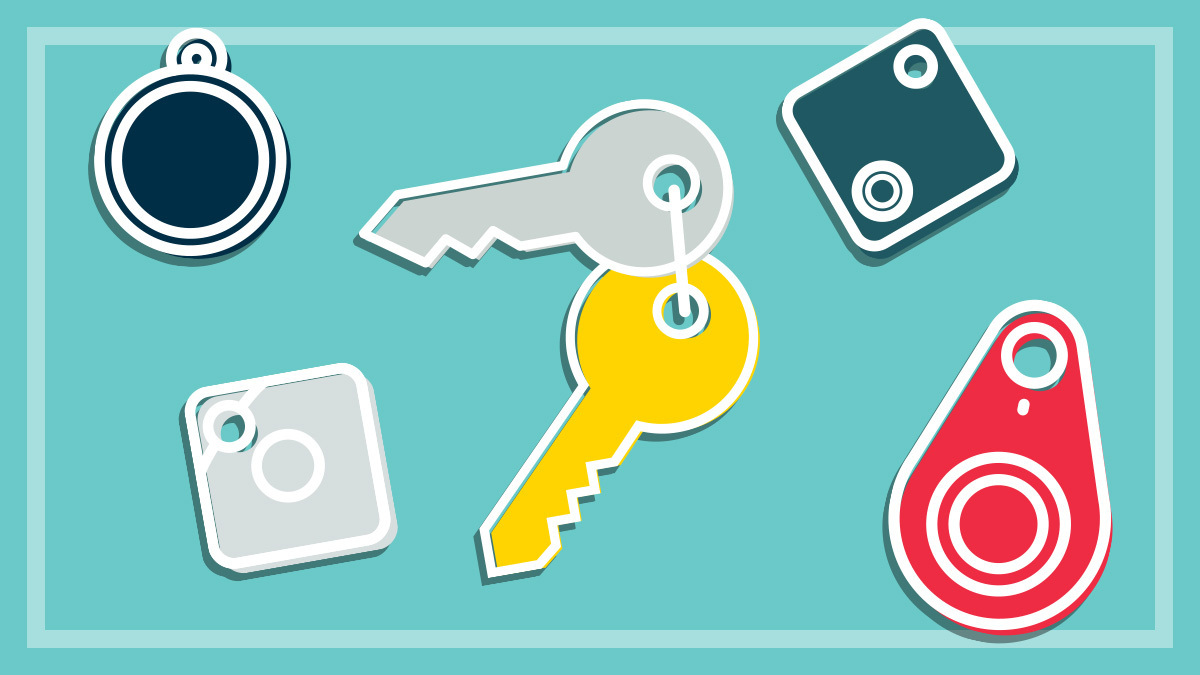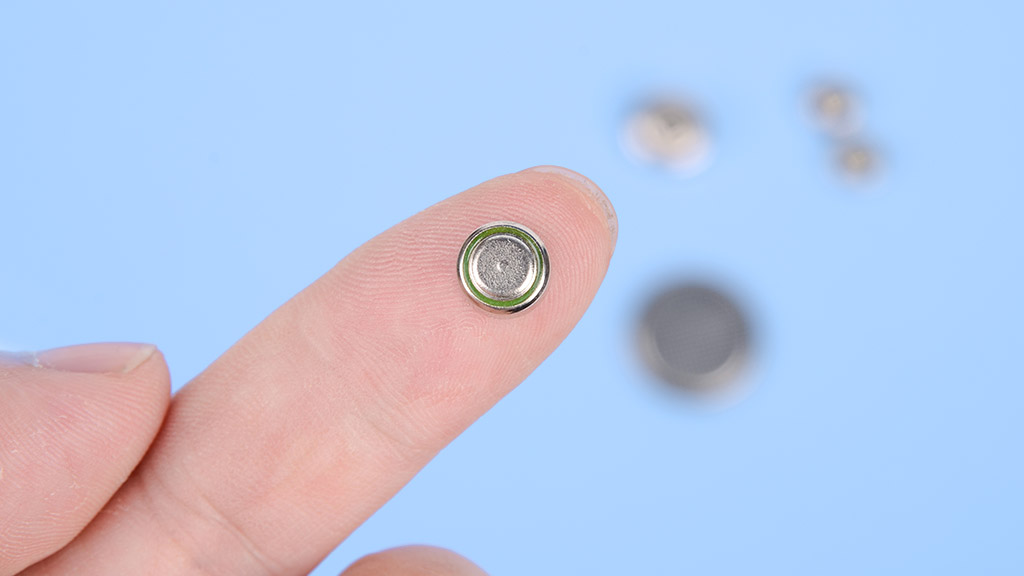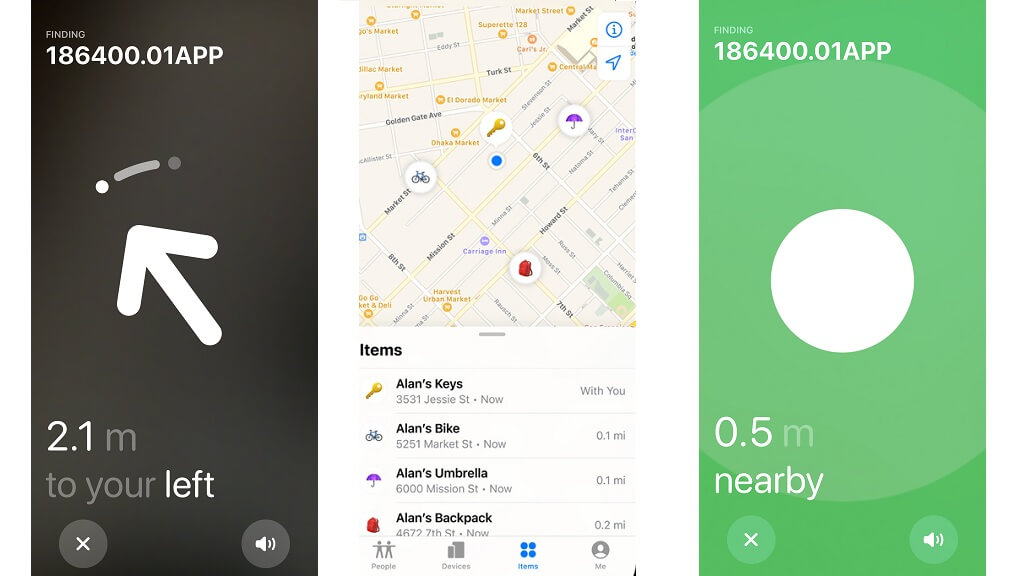Get our independent lab tests, expert reviews and honest advice.
What to know before buying a Bluetooth tracker

If you’re the kind of person that’s constantly losing your keys or wallet, then a Bluetooth tracker may be the perfect solution. They’re pocket-sized devices that are essentially designed to make your ‘dumb’ items ‘smart’ by adding tracking capabilities to a smartphone or tablet app.
On this page:
- How to use a Bluetooth tracker
- Types of Bluetooth trackers
- Are Bluetooth trackers safe?
- Do Bluetooth trackers actually work?
- Bluetooth trackers vs GPS trackers
- Features to look for in a Bluetooth tracker
The idea is that when it’s time to head out but you can’t find your things, all you need to do is bust out the app and it’ll lead you right to them with the help of the tracker. Though relatively simple, there are a few technical points and safety aspects to consider before buying one.
How to use a Bluetooth tracker
Though Bluetooth trackers come in a variety of shapes and sizes, they all work the same way. You attach one to an item, sync the tracker to your smartphone or tablet via Bluetooth, and then add it to a list of devices in the app. That’s it.
Once connected, you can use the app to locate the tracker by sending out an alert. The tracker can direct you to its location and will make a noise to help you find it. This, of course, requires a clear Bluetooth signal which can be affected by walls, buildings and other household or outdoor items. If the signal drops out, some apps will show you the tracker’s last known location.
Some models, such as Apple’s AirTag, also have shared or community tracking features. This turns every Apple device into a potential tracker when Bluetooth is active, even if you’re outside the range of your tag.
For example, someone else’s iPhone with the app enabled might detect your AirTag that’s attached to an item you’re looking for. The stranger’s iPhone will send the location to Apple’s servers, and the servers will then send that location to the Find My app, allowing it to show you where your item is.
Other models such as the Nuttag, Orbit and Samsung trackers offer similar crowd-sourced location finding networks. But you need the owner of the same brand of tracker to be using the app and have the sharing function enabled for this useful feature to work. MyTag trackers do not offer this feature.
Types of Bluetooth trackers
These pocket-sized devices come in three styles:
- thin, credit-card sized trackers for your wallet
- small buttons with a hole for a keyring or lanyard
- small buttons with an adhesive pad on the back.
While the first two can be swapped out across different items, adhesive models are hard to take off once attached. The pad may also lose its adhesiveness once removed, but you may be able to replace it.
Do Bluetooth trackers need batteries?
Yes, but they don’t require a lot of juice so a single battery/charge will keep them going for months at a time. Some are rechargeable but have an inaccessible battery, like a phone, while others use a button or coin battery that you can replace.
Then there are those with batteries that can’t be recharged or replaced, the idea being that you just throw them away when the battery dies. This is very wasteful and contributes to the already significant e-waste problems in Australia.
Are Bluetooth trackers safe?
Most Bluetooth trackers use button or coin batteries, which can be dangerous to children if the case isn’t secure (or if the tracker itself is small enough to be ingested). If the battery is easy to remove, then your child can swallow it which may result in injury or death.

Button batteries are also easy to insert into orifices such as the nose or ear which can also lead to hospitalisation or lasting injury for your child. At least three deaths, and multiple hospitalisations, have occurred in Australia due to children ingesting these batteries.
Single-use models with batteries that can’t be replaced or recharged are safer as the battery can’t be removed. However, these introduce their own environmental issues.
On 22 June 2022 mandatory safety standards for button and coin batteries (and products containing them) came into effect in Australia. We refer to these regulations when we assess Bluetooth trackers for safety.
Be mindful of the fact that a Bluetooth tracker can contain these batteries, and make sure that young kids don’t get easy access to the tracker, or any item with a tracker attached.
Do Bluetooth trackers actually work?
Yes, they do. Broadly speaking, Bluetooth trackers are most useful if you’re still in the area where you lost your keys, wallet or headphone case. The audio function may not be overly helpful if you’re in a noisy venue like a pub or outdoors, and that’s where trackers with community functions come in handy.
Bluetooth trackers vs GPS trackers
The main difference between Bluetooth and GPS trackers comes down to how they locate the lost device. A Bluetooth tracker will only work if it, and the smartphone or tablet with the tracking app, are within the maximum range (usually up to 100 metres).
Most Bluetooth trackers do have a crowd-sourced location feature to find your tagged device outside the Bluetooth range, but it depends on another person with the same brand as your device and the tracker app enabled to work. That’s a lot of things that need to happen for it to work effectively.
GPS trackers, however, receive data from a global satellite network which means you can zero in on the device from anywhere in the world provided the signal doesn’t drop out. This is how features like Find My Device work, and it’s really useful if you happen to lose something outside the home. It also comes in handy if someone takes your item to lost and found or, worse, back to their place.
The catch is that GPS trackers are usually more expensive and the batteries don’t last as long.

Features to look for in a Bluetooth tracker
Data encryption and privacy
It’s worth checking to see if the manufacturer is transparent about location data encryption and anonymity where applicable.
- Does the manufacturer encrypt the tracker’s location data? Not all are clear about this. Of the products in our Bluetooth trackers review, only Apple and Nuttag stated clearly that they encrypt this data. Unencrypted data may be exposed if the company is hacked, and reveal information that would help a hacker identify you and your address.
- Does the manufacturer share your phone’s location or the tracker’s location data with third parties? This can improve tracking results, but may increase data privacy risks if the data is not anonymised and kept secure by the manufacturer. Any such data sharing and location tracking should state this data usage clearly and require your consent. Of the trackers we reviewed, most stated they either don’t do this, or require your active consent, but MyTag and Samsung didn’t state whether they share this data.
IP rating (water and dust resistance)
An ingress protection (aka IP) rating shows the level of water and dust resistance in the tracker. A rating of IP67 or higher will protect the tracker from rain and if you drop it in shallow water, dirt or mud. This rating also allows it to be rinsed under tap water. Generic terms like ‘waterproof’ or ‘splashproof’ can be good indicators, but they’re quite broad compared to a specific IP rating.
Long Bluetooth range
A long range means your phone or tablet can detect the tracker from further away. Though most trackers have a range that’s big enough for your home, they may not be able to find an item you’ve dropped outside. Bear in mind that the range will be reduced by walls and other objects.
Also, claimed range rarely matches actual performance so be sure to check our Bluetooth tracker test results to find out exactly how popular trackers perform in real-world conditions. Some trackers have a range of no more than 4–5 metres which may not be helpful when looking for your keys in a large home.
Loud speaker
Audio alerts on the tracker aren’t much good if they can barely muster up a whistle. A loud speaker will make the tracker easier to locate and help you hear it from other rooms or outdoors.
Low battery alert
Without battery alerts, the tracker could die and you won’t be able to find your missing items.
Separation alerts
This will ping your phone if the Bluetooth signal goes out of range, or if it detects that you’ve left something behind in a cafe, for example.
Sharing or multi-user
Some manufacturers let the tracker be tracked by the app on multiple devices at the same time, which can be handy if the tracker is attached to something that more than one person uses, like car keys, but may also allow for unwanted tracking and stalking.
Find My Device
Most trackers have a ‘find my phone’ function where you can press a button on the tracker and enable an alarm or sound on your smartphone if you’ve lost it nearby. The Apple Airtag is one of the few trackers that lacks this ability.





